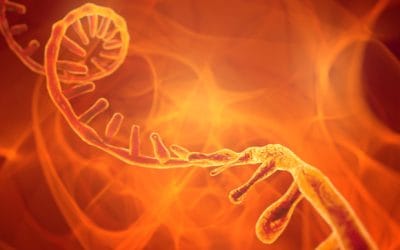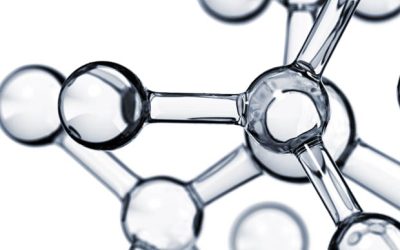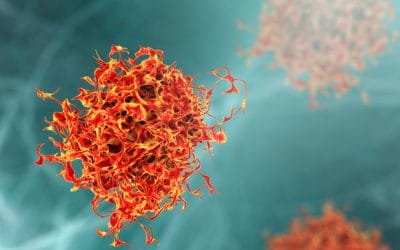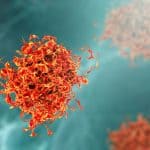Researchers from the Francis Crick Institute and University College London have revealed that examining the immune cells in the environment surrounding a tumour could help predict cancer progression and treatment response.
The study was published in Cancer Discovery and funded by Cancer Research UK (CRUK) and Bristol Myers Squibb.
Non-small cell lung cancer (NSCLC) is the most common type of lung cancer, responsible for up to 85% of all cases.
As part of the TRACERx study, samples of tumours and normal tissues from 81 NSCLC patients were investigated to establish four different types of microenvironments using advanced imaging techniques.
Approximately 28% of tumours had an active environment, containing high levels of T and B cells, and macrophages in the inner and outer parts of the tumour, while 24% of tumours had a low infiltration of T cells and macrophages in the inner part of the tumour but high amounts of B and T cells in the outer part without macrophages.
Additionally, 17% of tumours had a less active immune environment with low amounts of T and B cells and macrophages, while 19% had a low infiltration of T and B cells and macrophages throughout the tumour with a large number of neutrophils.
After comparing tumours likely and unlikely to spread using statistical and machine learning, researchers found that the number of neutrophils was increased in tumours more likely to spread.
These tumours were genetically altered, separated from the blood supply and managed to evade the immune system, making them better able to spread,” explained Mihaela Angelova, postdoctoral fellow, Cancer Evolution Laboratory at the Crick.
The findings suggest that measuring neutrophils in a tumour’s microenvironment could be a good clinical test for doctors to determine patients who need additional treatment to prevent cancer progression.
Charlie Swanton, head of the Crick’s Cancer Evolution Laboratory and chief clinician, CRUK, said: “This research highlights… how the tumour microenvironment organises in 3D to build the most accurate picture of an individual’s cancer.”










